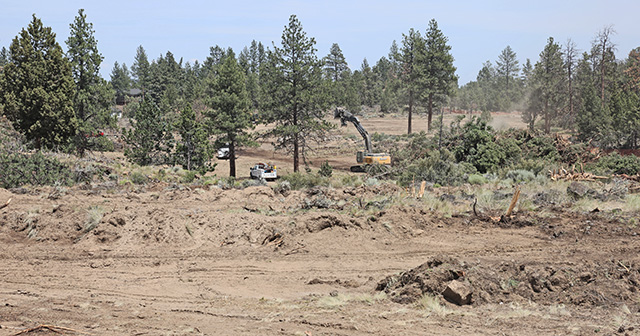Frederick Hammersley, an ‘Abstract Classicist’
Published 5:00 am Saturday, June 6, 2009
LOS ANGELES — Frederick Hammersley, a critically acclaimed painter who rose to fame in 1959 as one of four Los Angeles-based “Abstract Classicists” and spent the next 50 years bringing an intuitive, personal touch to hard-edge abstraction, has died. He was 90.
The artist died Sunday in Albuquerque, N.M., where he had lived and worked since 1968, said his sister, Susie Stone.
Hammersley’s place in art history was secured by “Four Abstract Classicists,” a 1959 traveling exhibition organized by Los Angeles County Museum of Art featuring paintings by Hammersley, Lorser Feitelson, John McLaughlin and Karl Benjamin. The exhibition, which also appeared at San Francisco Museum of Modern Art, the Institute of Contemporary Art in London and Queen’s University in Belfast, Ireland, offered the West Coast artists’ cool, crisp abstractions as a striking alternative to the reigning emotional style of Abstract Expressionism.
The label stuck to Hammersley, but as his career evolved, his work defied confinement.
“Hard-edge is often very hard to take, coming to it cold — or, even to the practiced eye,” he wrote in an exhibition catalog.
Reviewing a retrospective of his work for the Los Angeles Times in 2000, critic Leah Ollman observed: “Hammersley takes several steps toward making his work more accessible, less aloof. For one, he uses titles as invitations in, catalysts to closer looking. … Another savvy and refreshing move Hammersley makes is to counter the clean, impersonal precision of hard-edge painting with the amusing presence of his own personality, his own hand. … Most brilliantly of all, he contains each of his works within wooden frames that he makes by fingerprintlike depressions. … They nudge the works into a stylistic no-man’s-land, which is all the richer for its internal contradictions and resistance to cut-and-dried uniformity.”
All of his work exudes a joy of painting freely, but he devised three categories for his art. “Hunch” paintings are unplanned works that begin with a shape and continue with intuitive additions. “Geometrics” are rhythmic orchestrations of geometric shapes. “Organics” are composed of curving forms.
Hammersley’s productivity and visibility waxed and waned over the years, but he compiled an extensive list of exhibitions and enjoyed a revival of interest in his work in his last decade. In Southern California, L.A. Louver Gallery showed his paintings in 1999 and 2002; Laguna Art Museum in 2000 presented a traveling exhibition organized by the Museum of Fine Arts in Santa Fe; and Pomona College Museum of Art staged a retrospective in 2007.
Hammersley is survived by his sister, who lives in Santa Fe.







